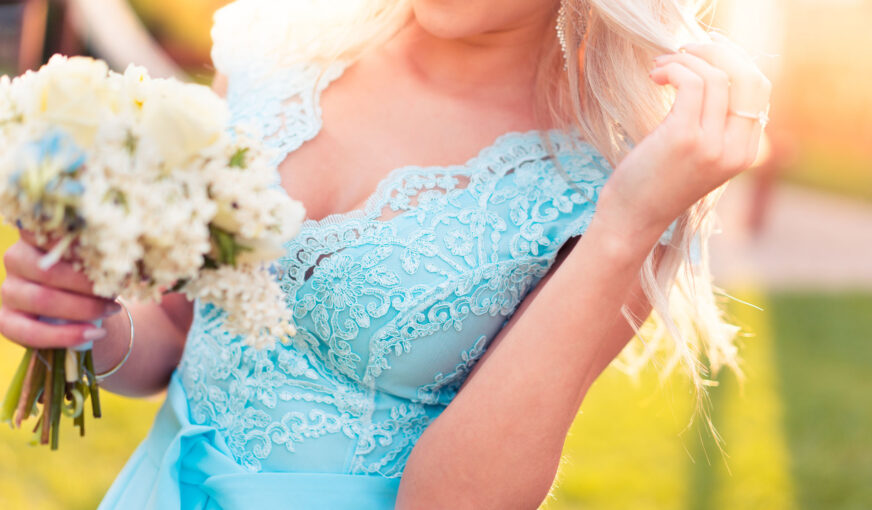Traditional wear is more than just clothing; it’s a living testament to the history, culture, and heritage of a particular region or community. These garments have evolved over centuries, adapting to changing times while preserving their essence. In this blog post, we’ll embark on a journey through time to explore the history and evolution of traditional wear, from its origins to modern adaptations.
Origins of Traditional Wear:
Traditional wear finds its roots in the ancient customs, practices, and climate of a particular region. The materials and styles used were often a response to the environment and the needs of the people. For example:
- Sari: The sari, originating in the Indian subcontinent, dates back over 5,000 years. Its simplicity and versatility made it suitable for the diverse climates and cultures of the region. Over time, the sari evolved in terms of draping styles and materials, reflecting the changing tastes of different periods.
- Kimono: Japan’s kimono, with its timeless elegance, is believed to have been influenced by Chinese clothing. The kimono’s design remained relatively consistent for centuries, emphasizing the importance of tradition and formality. Today, modern adaptations of the kimono blend traditional elements with contemporary fashion.
- Dashiki: The dashiki, a loose-fitting tunic originating from West Africa, is known for its vibrant colors and intricate patterns. It emerged as a symbol of African identity and pride during the African independence movements in the mid-20th century. Its popularity has transcended borders and is now worn worldwide as a symbol of African culture.
Influences and Adaptations:
Traditional wear has been influenced by trade, conquest, and globalization, leading to the incorporation of foreign elements into local styles. For example:
- Fusion Fashion: The global exchange of ideas and materials has given rise to fusion fashion. Designers combine elements of traditional wear from different cultures to create unique, hybrid styles. This fusion fashion reflects the interconnectedness of our world and celebrates cultural diversity.
Modern Adaptations:
In today’s world, traditional wear continues to evolve, adapting to contemporary lifestyles and preferences:
- Casualization: Many traditional garments have undergone a casual transformation to meet the demands of modern life. Lightweight and comfortable versions of saris, kimonos, and dashikis are now available for everyday wear, allowing people to express their cultural identity in a relaxed manner.
- Sustainable Fashion: With growing awareness of environmental issues, traditional wear is making a comeback due to its sustainability. Natural fabrics and handcrafted techniques are being valued for their eco-friendliness, promoting a shift away from fast fashion.
- Inclusivity: The fashion industry is becoming more inclusive, embracing traditional wear from various cultures. Runways and fashion shows now feature models wearing diverse traditional garments, challenging conventional beauty standards and promoting cultural acceptance.
Preserving Tradition in Modern Times:
While traditional wear has evolved, it’s crucial to remember its significance in preserving cultural heritage:
- Cultural Pride: Wearing traditional attire instills a sense of cultural pride and identity. It connects individuals to their roots and allows them to carry forward their ancestors’ legacies.
- Celebrating Diversity: Traditional wear encourages cultural appreciation and understanding. It showcases the beauty of diversity and highlights the shared history of humanity.
In conclusion, the evolution of traditional wear is a testament to the adaptability and resilience of culture in the face of change. These garments continue to be a bridge between the past and the present, embodying the stories and traditions of generations. Whether worn in their original form or as modern adaptations, traditional wear remains a source of pride and a powerful symbol of cultural heritage in our ever-changing world.

James Anderson
Ratione voluptatem sequi nesciu nim ad minim veniam, quis nostrud exercitation ullam co laboris nisi ut aliquip ex ea commodo conse quat. Duis aute irure dolor in repre hen derit in voluptate velit take niye thake mogon nishhim trisnay.
James Anderson
Voluptatem sequi nesciu nim ad minim veniam, quis nostrud exercitation ullam co laboris nisi ut aliquip ex ea commodo conse quat. Duis aute irure dolor in repre hen derit in voluptate velit take niye thake mogon nishhim trisnay.
James Anderson
Ratione voluptatem sequi nesciu nim ad minim veniam, quis nostrud exercitation ullam co laboris nisi ut aliquip ex ea commodo conse quat. Duis aute irure dolor in repre hen derit in voluptate velit take niye thake mogon
James Anderson
Ratione voluptatem sequi nesciu nim ad minim veniam, quis nostrud exercitation ullam co laboris nisi ut aliquip ex ea commodo conse quat. Duis aute irure dolor in repre hen derit in voluptate velit take niye thake mogon nishhim trisnay..